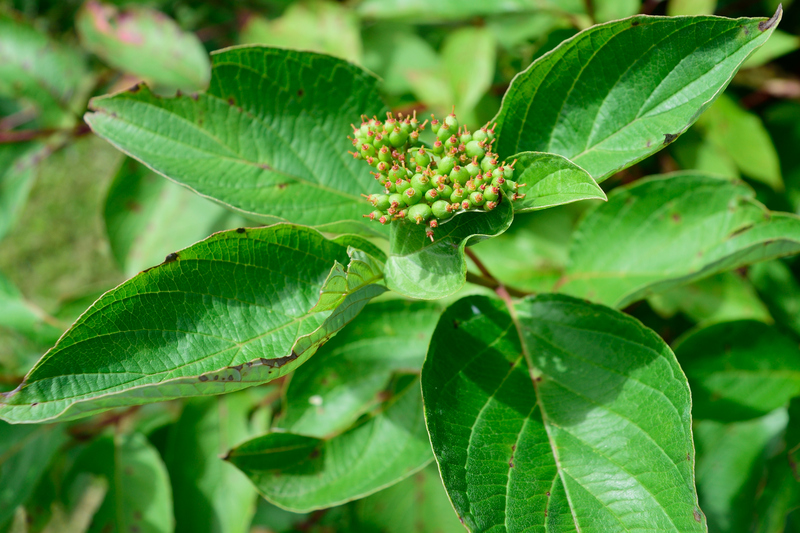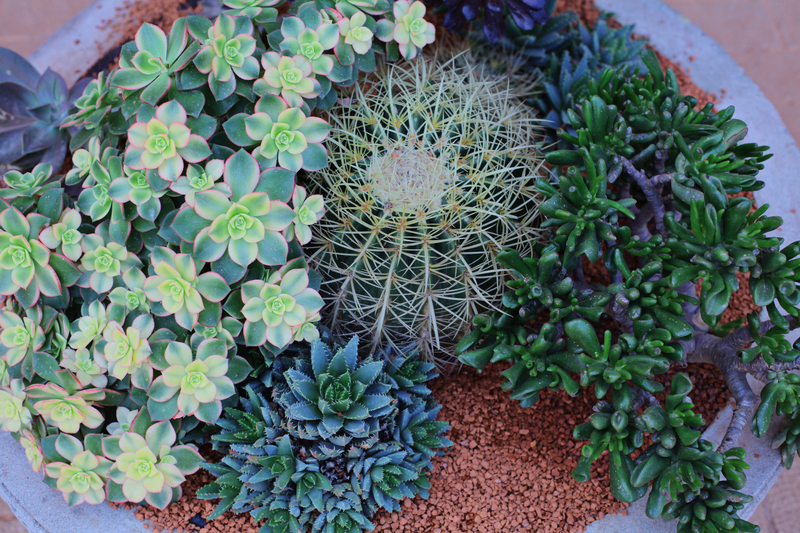Top Mistakes to Avoid When Caring for Lawns During Summer Drought
The arrival of summer often brings along a looming issue for homeowners: how to care for lawns during drought conditions. With high temperatures and scarce rainfall, it's easy to make lawn care errors that can cause more harm than good. In this comprehensive guide, we will delve into the most common mistakes homeowners make in summer droughts, and provide effective solutions so your lawn remains resilient, healthy, and green even in the face of adversity.

Understanding the Effects of Summer Drought on Lawns
A summer drought can wreak havoc on even the most robust lawns. Without adequate moisture, grass stops growing, turns brown, and becomes more susceptible to pests, diseases, and permanent damage. Recognizing the telltale signs of drought stress--such as wilting, faded color, or spongy texture--can help you modify your lawn care routine and avoid irreversible errors.
Key Lawn Care Mistakes During Drought
As drought conditions set in, routine lawn care practices need to be adjusted. Unfortunately, many homeowners fail to make these critical changes. Here are the top mistakes to avoid when maintaining your lawn during summer drought:
1. Overwatering or Inconsistent Watering
- Overwatering is Wasteful and Harmful: Many assume that more water equals greener grass, but overwatering during a drought can actually suffocate grass roots and promote fungal diseases. Water wisely, not excessively.
- Inconsistent Schedules Cause Stress: Watering at erratic intervals doesn't allow your lawn to develop deeper roots. Stick to a consistent, early-morning watering schedule to maximize absorption and minimize evaporation.
- Shallow Watering Is Ineffective: Applying a small amount of water frequently encourages shallow root systems. Deep, less frequent soakings promote drought-tolerant roots.
How to Water Lawns the Right Way During Drought
- Water deeply but infrequently - Aim for 1 inch of water per week, split between one or two sessions.
- Timing matters: The best time to water is before 8 a.m., when evaporation rates are lowest.
- Use a rain gauge or empty tuna can to measure water output.
- Prioritize. If water restrictions are in place, focus on the most visible or drought-sensitive areas.
2. Mowing Mistakes Under Drought Stress
Improper mowing is one of the top reasons lawns struggle in the summer. During drought, reduce mowing frequency and raise your mowing height.
- Cutting Too Short (Scalping): Scalping exposes grass crowns to the harsh sun, leading to brown patches and root damage.
- Mowing with Dull Blades: Dull mower blades tear grass blades, creating entry points for pests and diseases.
- Mowing on a Dry, Stressed Lawn: Mowing while the grass is brown or wilted further stresses the lawn.
Best Mowing Tips for Summer Lawn Survival
- Set your mower higher: Most grass types handle drought better at 3-4 inches tall.
- Never cut more than one-third of the blade length in a single mowing.
- Leave grass clippings to act as mulch and help retain soil moisture.
- Sharpen mower blades regularly for clean cuts.
3. Applying Fertilizer at the Wrong Time
Fertilizer is not a drought cure. In fact, fertilizing during a summer drought can be counterproductive and risky. Applying nitrogen-rich fertilizer while grass is stressed can:
- Burn the roots and leaves.
- Encourage weak, forced growth susceptible to pests and disease.
- Waste money, as nutrients often leach away without adequate water.
When Should You Fertilize Lawns?
- Fertilize in spring and fall, when weather is cooler and normal rainfall returns.
- Avoid fertilizing during drought or extreme heat.
- If you must feed, use lower-nitrogen organic or slow-release products.
4. Neglecting Soil Health and Compaction
Healthy soil is the foundation for a drought-resistant lawn. During dry months, compacted or poor soil increases water run-off and further stresses grass.
- Ignoring Aeration: Hard, compacted soils prevent water absorption. Aerate your lawn in spring or early fall for best results.
- Failing to Add Organic Matter: Lawns depleted of organic material are prone to drought damage. Core aeration and top-dressing with compost help.
- Not Testing pH: Drought can make nutrient-deficiency worse in overly acidic or alkaline soils.
Improving Lawn Soil During Drought
- Core aerate annually, preferably in early fall.
- Top-dress with compost for increased soil moisture retention.
- Add mulch around garden beds and tree bases to reduce surface evaporation.
- Test and amend soil pH for your grass type's optimal range.
5. Using Herbicides and Pesticides Unsafely
Harsh lawn chemicals can do more harm than good in summer droughts. Grass under heat stress is far less able to recover from chemical exposure.
- Spraying Selective Herbicides: Most weed killers stress grass as much as the weeds. Only apply if absolutely necessary, and target spot applications.
- Applying Pesticides on Wilting Lawns: Insecticides and fungicides shouldn't be used on lawns that are already drought-stressed.
- Ignoring Safety Instructions: Always read and follow label directions, especially regarding heat, sunlight, and watering needs.
Safe Weed and Pest Management Practices
- Hand-pull visible weeds rather than spraying.
- Use organic or natural spot treatments when possible.
- Monitor for signs of pests, but treat only if an infestation is severe.
- After drought ends, apply systemic treatments as needed to restore lawn health.
6. Overseeding or Planting New Grass in Summer
Planting grass seed or sod during extreme heat is often futile. Seedlings require constant moisture and gentle temperatures to establish, which are rarely available in midsummer.
- Seed Germination Fails: Seeds dry out quickly or sprout weakly, leaving patchy lawns.
- Sod Installation Suffers: New sod cannot send roots deep enough during arid, hot conditions, meaning it can shrivel and die.
Timing for Lawn Seeding and Repair
- Best to seed or lay sod in late summer or early fall, when evenings are cooler and rainfall increases.
- Wait until after the drought period before overseeding or repairing large bare patches.
7. Forgetting to Modify Lawn Maintenance Routines
Many homeowners stick to their standard lawn care calendar, not realizing that summer drought demands a different approach.
- Keeping the Same Watering Schedule Year-Round: Summer requires adaptation to temperature and rainfall.
- Mowing as Frequently as in Spring: Growth slows during drought, so mow less often.
- Over-relying on Lawn Chemicals: Instead, focus on natural, long-term soil improvement.
- Failing to Watch for Drought Stress: Inspect your grass weekly for drought indicators.
Adapting Lawn Care to Drought Conditions
- Switch to eco-friendly, water-conscious practices.
- Let the lawn go dormant when necessary; a brown lawn is often just dormant, not dead.
- Mulch heavily around the perimeter to trap moisture.
8. Ignoring Lawn Dormancy
It's important to know when to let nature take its course. Many grass species--including Kentucky bluegrass, ryegrass, and fescues--are equipped to survive summer heat by going dormant, turning brown, and regrowing when water returns.
- Forcing Dormant Grass to Stay Green: Excess watering or fertilizing in an attempt to keep dormant grass green wastes resources and may cause damage.
- Assuming All Brown Grass is Dead: Dormant grass is still alive. Only dead grass pulls up easily by the roots.
*Allow grass a 6-week dormancy window.* If the drought persists beyond this, water just enough monthly to keep crowns viable.
9. Choosing the Wrong Grass Varieties
Selecting drought-tolerant species is the first step in sustainable summer lawn care. Cool-season grasses (like bluegrass and ryegrass) suffer most in drought, while warm-season grasses (such as Bermuda, zoysia, buffalo and St. Augustine) have deeper roots and natural heat resistance.
- Plant grass types adapted to your region's climate and rainfall.
- Incorporate drought-tolerant groundcovers, ornamental grasses, or native plants into hard-to-water areas.

Smart Strategies to Support Lawns During Prolonged Summer Drought
Mulching
- Apply compost or mulch in garden beds and under trees adjacent to lawns to conserve moisture.
- Let grass clippings decompose on your lawn to boost soil fertility.
Embrace a "Brown is Okay" Attitude
- Recognize that a temporary brown lawn is better than spending excess time, money, and water for short-term green.
Switch to Eco-Friendly Lawn Practices
- Limit pesticide and herbicide use, especially during hot, dry periods.
- Invest in efficient irrigation systems, like soaker hoses or smart sprinkler controllers.
- Regularly aerate and top-dress with compost to improve long-term drought resistance.
Design with Drought in Mind
- Replace parts of your turf with drought-resistant landscaping: rock gardens, hardscapes, mulched beds, or native plant borders.
- Choose grass alternatives for shady or sloped areas where grass struggles to thrive in summer heat.
Conclusion: Achieve a Resilient, Beautiful Lawn No Matter the Weather
Summer droughts are challenging, but avoiding these common mistakes and adapting your lawn care techniques can make all the difference. Prioritize deep, infrequent watering, mow less and higher, avoid chemical applications, and support healthy soil with compost and organic matter. Choose the right grass type for your region, and don't be afraid to allow temporary dormancy--your lawn will thank you in the long run.
By understanding the proper methods for caring for your lawn during a drought and by stopping these costly mistakes, your property will not only survive the heat but come back lusher and more resilient than ever. Keep these expert tips in mind, adjust to the changing climate, and your lawn will flourish for seasons to come.

